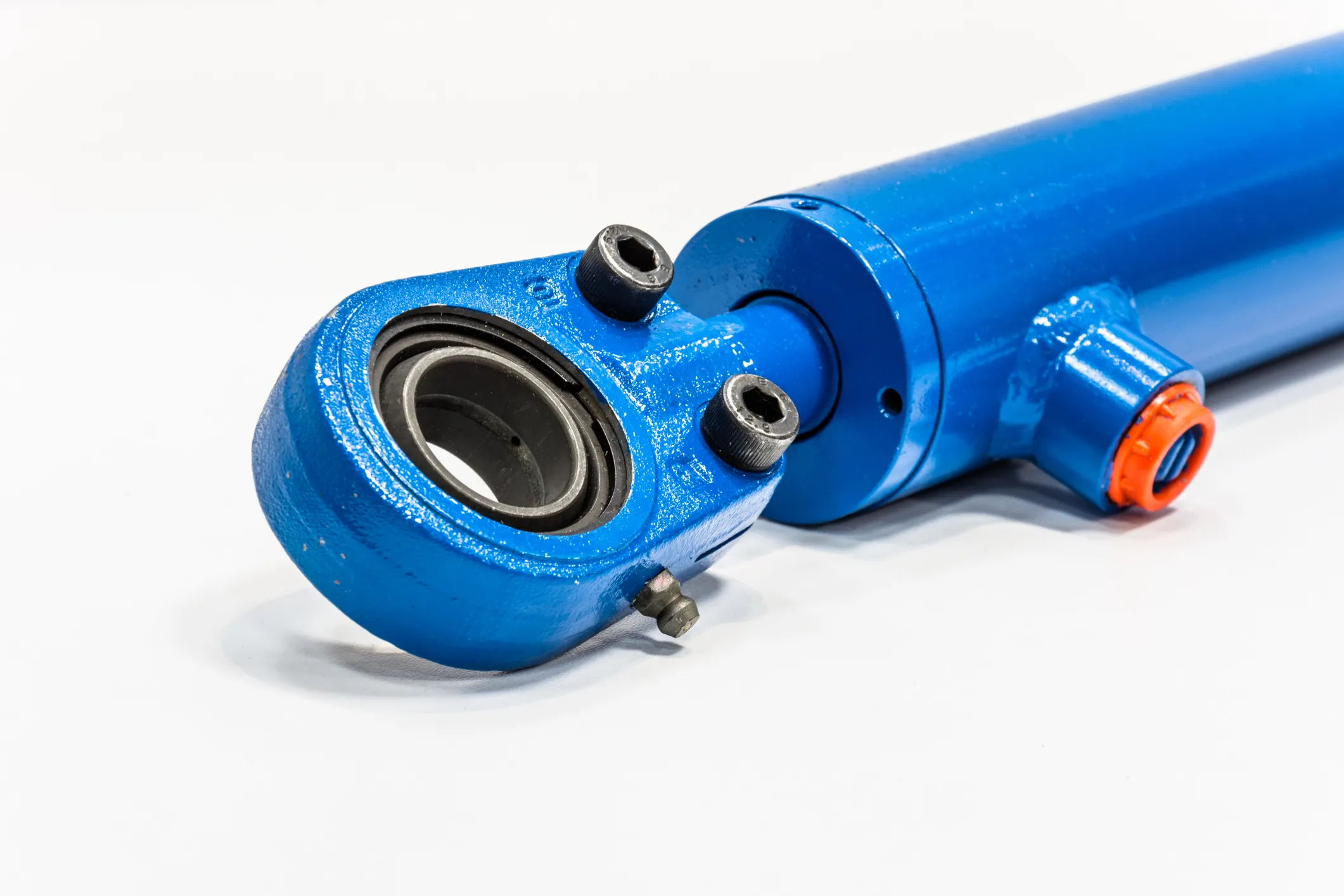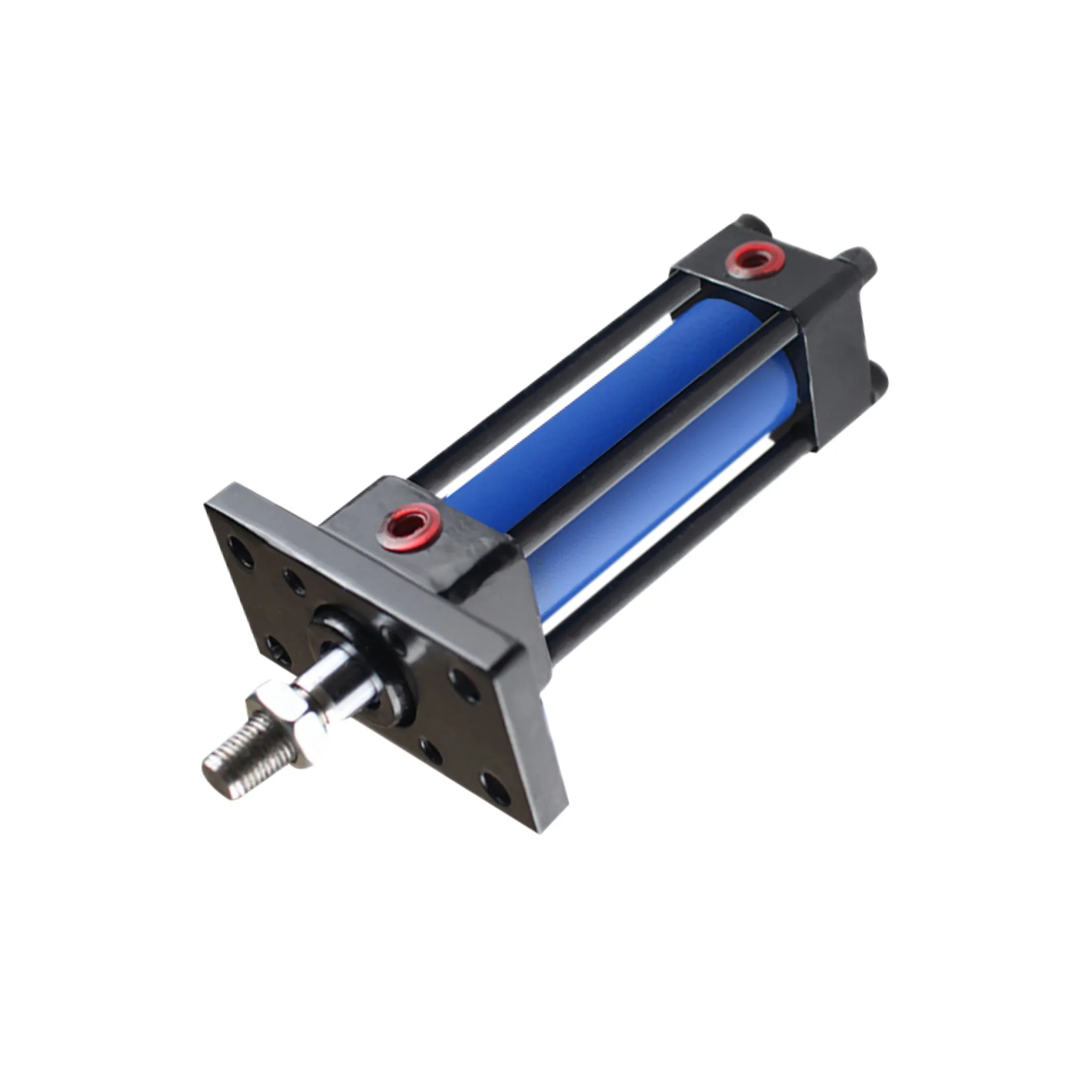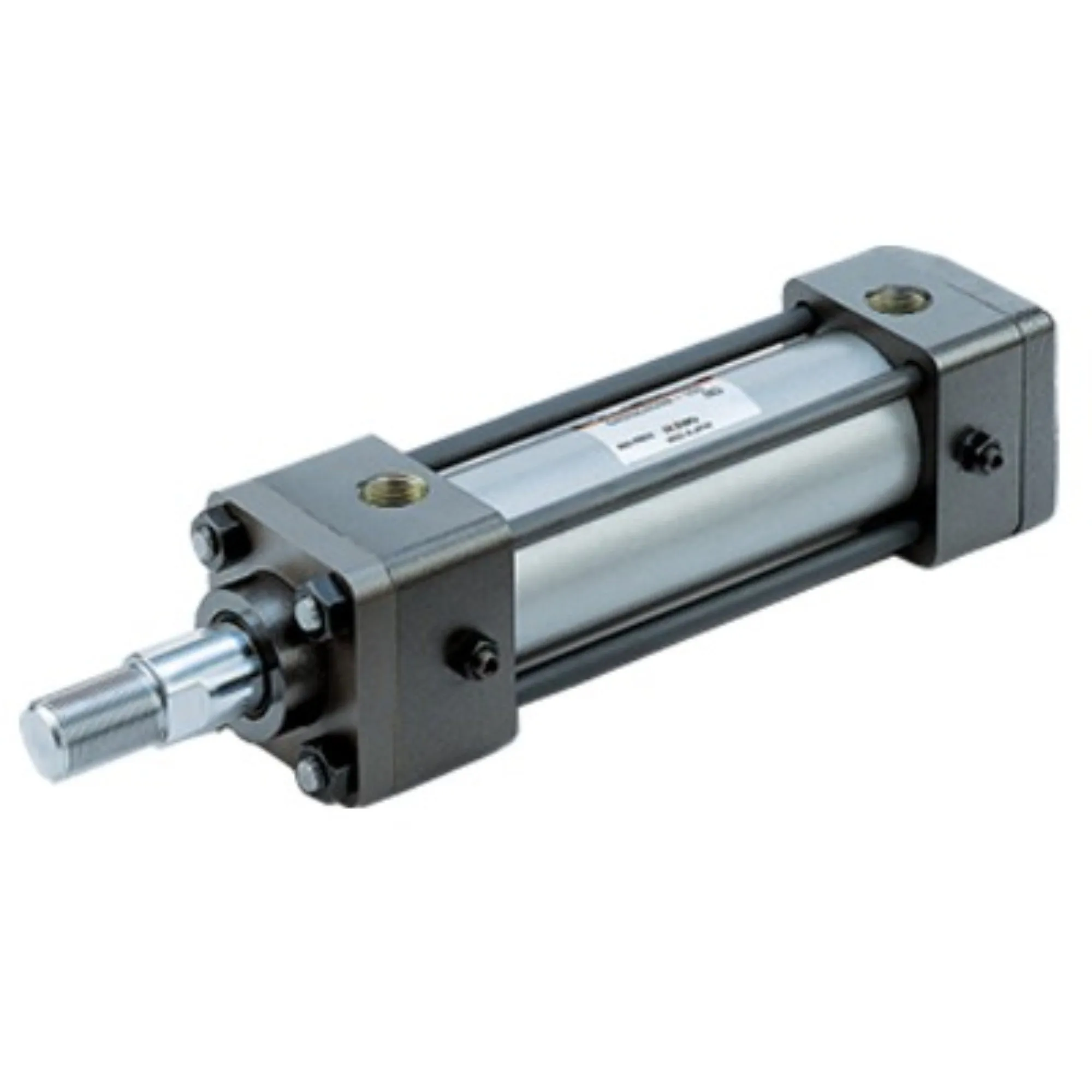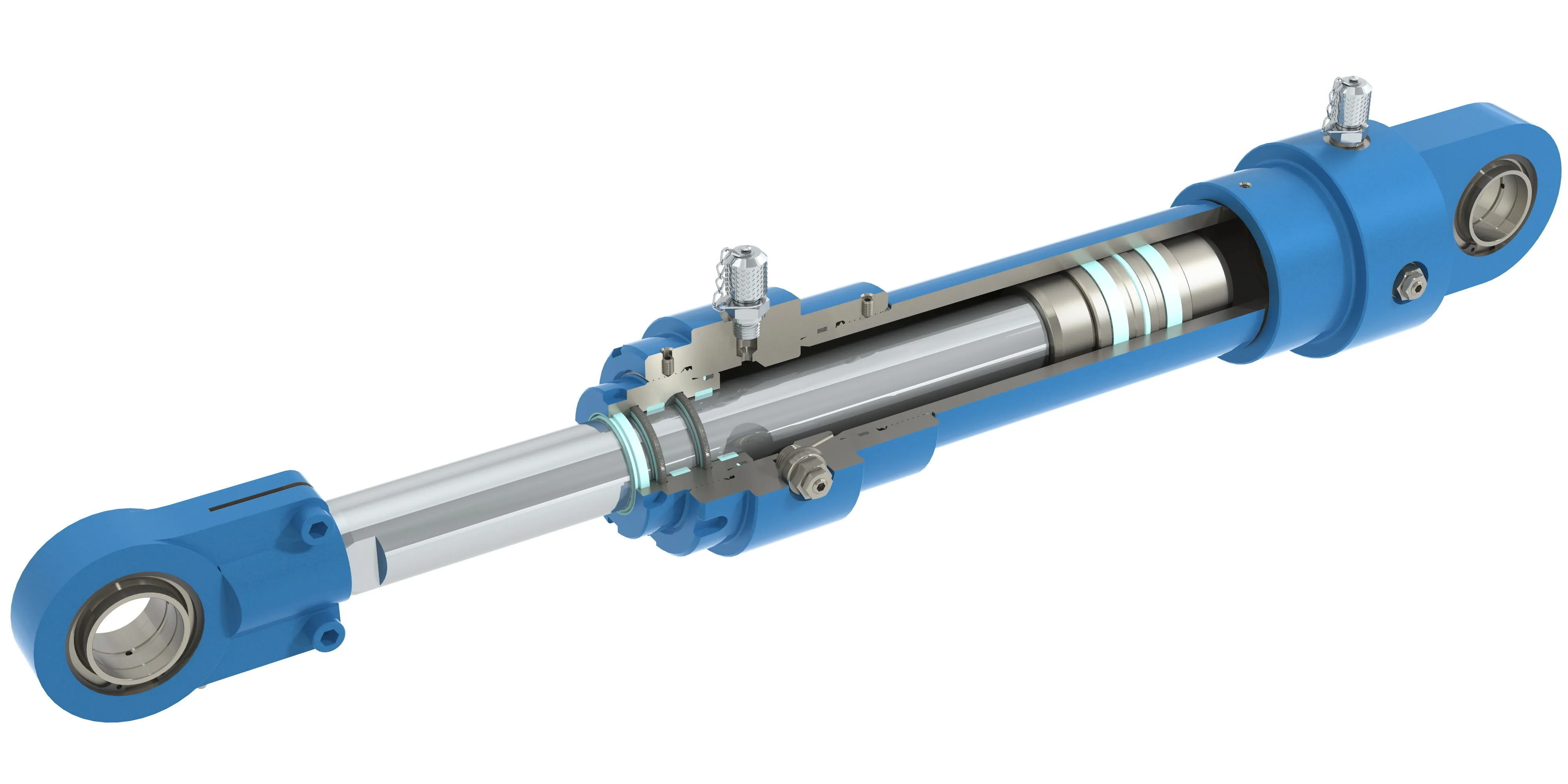Introduction to Locking Single-Acting Hydraulic Cylinder For Hydraulic Jacks
The locking single-acting hydraulic cylinder is a specialized component that works under hydraulic pressure in one direction and features a locking mechanism to prevent movement in the absence of pressure. This unique design ensures safety and reliability in various applications.
Design and Construction Characteristics
- Locking Mechanism – Safety: The locking mechanism of the cylinder keeps the piston in a safe position when hydraulic pressure is lost, preventing accidental retracting. It can be a mechanical or hydraulic lock.
- Variety: The design of the locking mechanism can be customized for specific applications, such as using spring-loaded locking devices or pin locks.
- Compact Structure – Space Optimization: These cylinders are designed to be compact and suitable for space-limited environments, ensuring ease of use in various equipment.
- Precision Manufacturing – High-Precision Machining: Components are machined with high accuracy to ensure proper fit and sealing performance, avoiding leakage.
Working Principle
When hydraulic oil is pumped into the chamber, the cylinder extends and pushes the piston outward. The locking mechanism holds the piston in place to prevent retraction, ensuring safety under load even if pressure is lost.
Types and Configurations
There are three main types of locking single-acting hydraulic cylinders, each with unique configurations tailored to specific applications.
Benefits
- Enhanced Security: The locking feature reduces the risk of accidental retractions, enhancing operator safety.
- Reliability: These cylinders are designed to operate effectively under high loads and varying conditions, ensuring consistent performance.
- Simplicity: Easy to operate and maintain, making them user-friendly for a wide range of applications.
Application Scenarios
- Construction Equipment: Used in cranes, hoists, and lifts to securely hold heavy objects.
- Manufacturing: Used in presses for forming materials under high pressure.
- Transportation: Stabilizers and jacks for vehicles to ensure safety during maintenance or transport.

Design Considerations and Selection Criteria
Key factors to consider when selecting a locking single-acting hydraulic cylinder include bearing capacity, sealing, durability, safety, and maintainability.

Sealing and Lubrication
The cylinder uses various seals and wear-resistant materials to ensure proper sealing and lubrication. Regular maintenance and filling of hydraulic oil are essential for optimal performance.
Preventive Maintenance
Regular inspections and preventive measures are crucial to ensuring the longevity and efficiency of the hydraulic cylinder.
Installation Guide
Proper installation of the locking single-acting hydraulic cylinder is essential for optimal performance and safety. Follow the manufacturer’s guidelines for correct installation procedures.
Maintenance Tasks

Common maintenance tasks include regular inspections, lubrication, seal replacement, and calibration checks to ensure smooth operation and longevity of the cylinder.
Safety Considerations and Environmental Factors
Adhering to safety measures and considering environmental factors are vital when using locking single-acting hydraulic cylinders to prevent accidents and minimize impact on the environment.
Fault Diagnosis and Common Problems
Understanding common issues and troubleshooting methods for locking single-acting hydraulic cylinders is essential for maintaining optimal performance.
Unit Power
The power unit of a hydraulic system directly impacts efficiency, response speed, and operational capabilities. Factors like cylinder diameter, operating pressure, and load conditions affect the unit power output.
Optimizing Power Unit
Optimizing the power unit of a locking single-acting hydraulic cylinder can enhance efficiency, save energy, and improve reliability, leading to increased productivity and reduced operating costs.
FAQs
Here are answers to common questions about locking single-acting hydraulic cylinders:
- How does the locking mechanism work? The locking mechanism prevents piston retraction when hydraulic pressure is lost.
- What are the main components? Components include the piston, lock mechanism, seals, and cylinder body.
- Advantages over standard cylinders? Locking cylinders offer enhanced safety and reliability under varying conditions.
Long-Tail Keywords

- Hydraulic Cylinder Locking Mechanism Explanation: This long-tail keyword describes how the locking mechanism in a hydraulic cylinder operates to ensure safety.
- Benefits of Using Locking Single-Acting Hydraulic Cylinders: Explore the advantages and applications of these specialized cylinders for various industries.
- Installation Guide for Locking Single-Acting Hydraulic Cylinders: Step-by-step instructions on correctly installing and maintaining these cylinders for optimal performance.
Our Company
We are a leading hydraulic cylinder manufacturer specializing in the production and distribution of high-quality locking single-acting hydraulic cylinders. With a comprehensive product line and dedication to customer satisfaction, we strive to deliver top-notch products and services to domestic and international markets.
Author: lyl
